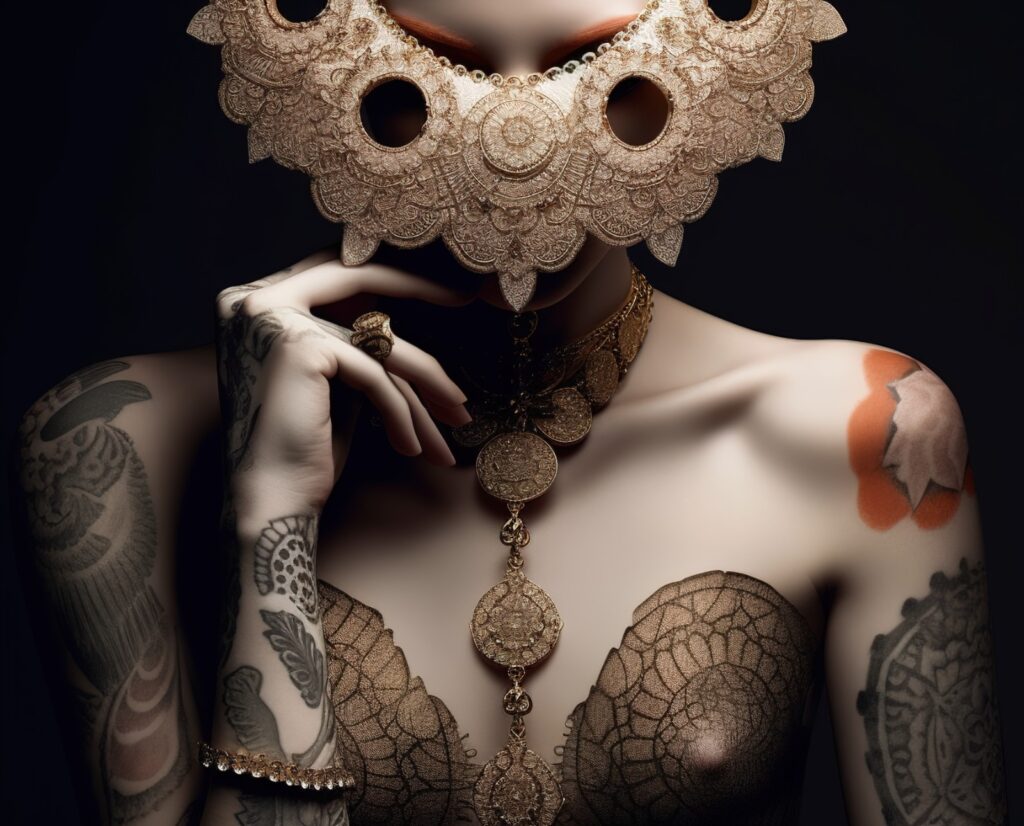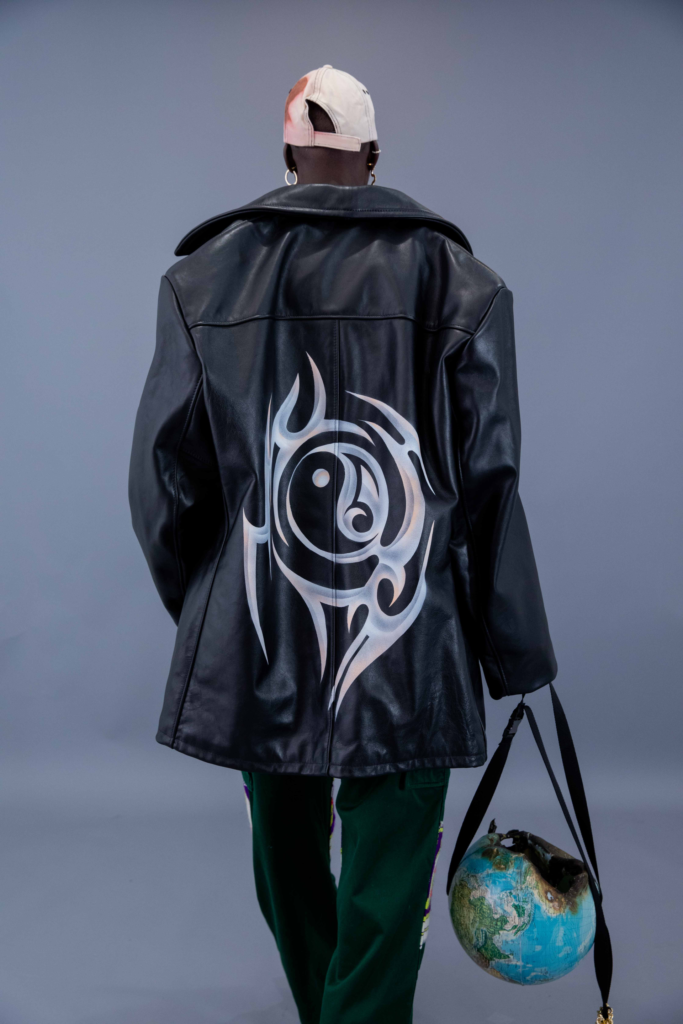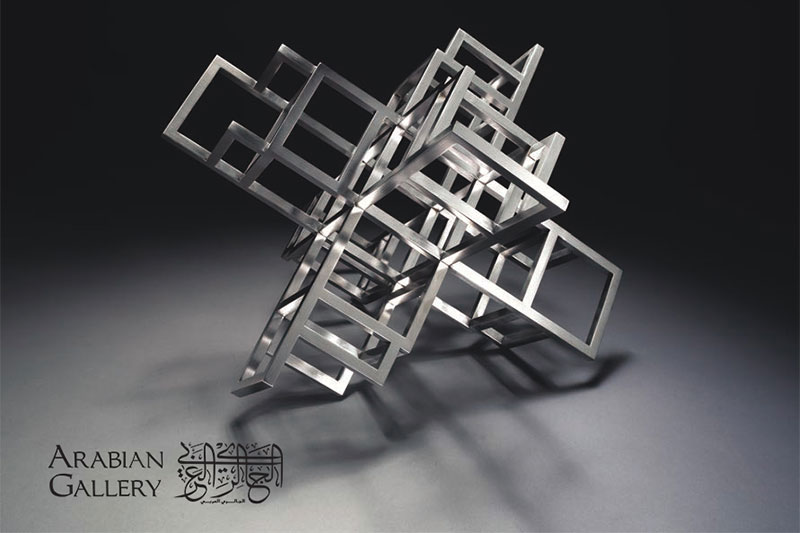
Poetry and Elegance meet AI
Exclusive Interview with AI Artist and Creative Director, Baris Gancel.
AI Generative Art has been received with both admiration and suspicion since it emerged on the art scene. While attending The Mews 2023 in Monaco, we met Cypriot the incredibly talented digital artist Baris Gancel. He fits perfectly with the « Eyes to the Future » Summit theme and was nominated for the Best Storyworld Award. His AI generated Artwork is by far the most elegant and poetic we’ve ever seen.
LUXSURE : Can you tell us about your artistic background and how you came to work with AI?
BARIS GANCEL : Ever since I was kid, I have been drawing, and creating, but my family did not want me to study art, so I focused more on studying Branding and Marketing. My creative explosion started in the field of advertising and I began working as a creative director. I am obsessively curious and creative. I am always looking for beauty and perfection in details.
I come from Cyprus and have been living in Asia for over 20 years. In the industry, people often say that I’m a rare, hybrid creative talent who keeps reinventing himself. I seamlessly work with Art, Video Content, New Media, Social, Digital and Experiential Marketing.
Before being nominated at The Mews for Best Storyworld Award, my work has been rewarded in a wide range of categories for The Drum Experiential Advertising Awards, ADFEST Digital / Mobile / Lotus Campaign Effectiveness / Lotus Branded Entertainment Content, and by the International Film Festival.
AI is just an extension of what I have been doing. Without relying on others, AI helps me express my creativity. Sometimes, as a creative director in more commercial areas, having access to AI generators is like having art tools, and virtual talented designers at your disposal. With just a few clicks, you can tap into the inspirations, each with their own unique style. This opens up a world of possibilities for creatives, allowing them to easily bring their concepts to life. I have been experimenting with this new tool since December 2022, for almost 18 hours a day.
2/ As a visual artist, what are the main benefits of working with AI?
Working with AI has several benefits. Although AI cannot generate truly “new” ideas on its own, it can help artists explore new creative territories by generating unique and unpredictable combinations of known elements. This can lead to the creation of new and innovative artwork, that pushe beyond the boundaries of what the artist can imagine. AI can also provide new tools, perspectives, and opportunities for exploration, expanding an artist’s creative toolkit and enabling them to create new and exciting forms of art.
However, the quality and quantity of the input data is critical to the output of generative AI algorithms. Therefore, artists must have a wide range of diverse and unusual inputs to expand possibilities and outcomes generated by the algorithm. The artist’s ability to manipulate and curate the input is also essential to achieve the desired results. It’s crucial for artists to have a wide knowledge base to approach input selection and curation, thoughtfully and intentionally. This involves considering factors such as diversity, relevance, and uniqueness.
Good taste is also an essential factor for artists working with generative AI. While AI algorithms can generate a lot of visuals, it’s up to the artist to curate and select the most interesting and relevant ones that align with their artistic vision. This involves selecting the best results generated by the algorithm and providing creative art direction to ensure the final artwork meets their creative goals and objectives.
To create unique and innovative artwork with generative AI, artists must possess a strong sense of taste and a clear artistic vision to guide the use of generative AI algorithms. By combining the capabilities of AI with an artist’s creativity and vision, it’s possible to push the boundaries of what is possible in art, ultimately creating new and exciting forms of artistic expression that are both original and beautiful.
Working with generative AI has been a positive experience for me as a creative director and artist. The combination of my high speed of thinking and imagination, along with good taste, and the speed of generative AI algorithms, has enabled me to create stunning artwork in a shorter amount of time. By using the power of AI to generate new combinations and variations of known elements, I am able to explore new artistic territories and create unique and innovative works of art. Moreover, the speed and efficiency of generative AI save time and effort that would otherwise be spent using traditional tools or software, allowing me to focus more on the creative process and bringing my artistic vision to life.
3/ On the contrary, where do you see the main challenges ?
As an artist working with Generative AI, one of the main challenges is ensuring that the output aligns with the artist’s creative vision and taste. While AI algorithms can generate a wide range of visuals and ideas, the artist needs to curate and select the most interesting and relevant ones that fit their artistic goals. This requires a strong sense of taste and a clear artistic vision to guide the use of generative AI algorithms and create artwork that is truly unique and compelling.
Another challenge is selecting the right input data to ensure that the algorithm generates meaningful and relevant output. The quality and quantity of the input data and the artist’s ability to manipulate and curate it play a crucial role in determining the outcome. Therefore, it’s essential for artists to have a wide range of knowledge across various domains and to approach input selection and curation, considering factors such as diversity, relevance, and uniqueness to achieve the desired results.
While AI can be a powerful tool for generating new and unexpected results, it can also produce outcomes that are unpredictable and difficult to control. As an artist, it’s important to recognize that the use of generative AI involves, to a certain degree, relinquishing control over the final output, as the AI algorithm is ultimately making creative decisions based on the input data and its own learning. This can be both exciting and challenging. Artists need to find balance between guiding the AI to produce results that align with their artistic vision, and being open to unexpected and surprising outcomes that can inspire new ideas and directions.
If the outcomes generated by AI algorithms do not fully align with the artist’s creative vision and objectives, they can be edited and refined using other software tools like Photoshop. This allows the artist to have greater control over the final outcome and ensure that the artwork meets their standards of quality and aesthetics.
Finally, as with any new tool or technology, there is a learning curve associated with working with Generative AI. Artists must invest time and effort in understanding how to use the tool effectively and creatively. This requires a willingness to experiment and explore new techniques and approaches, as well as a willingness to embrace the unexpected and incorporate it into their creative process.
4/ In your opinion, where is the next frontiere of Art created with AI?
I think generative AI can make a significant impact in the future of art. In digital art, generative AI can help create entirely new styles and techniques that have never been seen before, pushing the boundaries of what is possible with traditional art-making tools. In photography, generative AI can assist with image enhancement, manipulation, and generation, creating unique and visually striking images that can’t be achieved through traditional means. Overall, it is also a great tool in storytelling to visualize what we imagine, our stories and to also inspire new stories that have never told before. It will be exciting to see how artists continue to use this technology in new and creative ways. That’s what I, and I am very happy with it.
The field of art created with AI is constantly evolving, and there are many frontiers that could be explored in the future. Another area that is currently gaining momentum is the use of AI to create interactive and immersive artworks that engage the viewer in new and exciting ways. This could include using AI to generate real-time visuals or sounds, based on the viewer’s input or movement. It can create a personalized artistic experience that is unique to each individual.
Another area of potential growth is the use of AI to create art exploring complex social and cultural issues, such as identity, race, and gender. AI could be used to analyze large amounts of data and generate visual representations of patterns and trends that are difficult for humans to perceive, leading to new insights and perspectives on these important issues.
AI could also be used to create art that is truly collaborative, with humans and machines working together to produce works that neither could have created on their own. This could involve using AI to generate initial ideas or elements, which are then refined and curated by human artists to create a final piece that is truly unique and innovative.
In fashion, generative AI can assist with creating unique and innovative designs, patterns, and textures that can be incorporated into garments and accessories. In film and video production, generative AI can help create realistic and immersive environments and characters, enhancing the overall cinematic experience for viewers.
The possibilities for generative AI in Art are endless, and it will be exciting to see how artists and designers continue to push the boundaries and explore new territories in the years to come.
5/Without giving away to much of your own magical formula, can you tell us which tools you work with?
The choice of generative AI tools depends on the specific artistic project and the desired outcome. Different tools have different capabilities and strengths, so it’s important to research and experiment to find the best fit for each project. Recently I have been using Midjourney V5, Adobe Firefly and ChatGPT. I’m also using other softwares and tools to edit the outcomes.
6/One day I’ve heard someone saying “artists creating with AI are not really artists anymore”. What do you answer to that?
AI is just a tool, and as an Artist, I find this tool to be a great one. I cannot emphasize enough on the fact that AI is just another tool available to artists, and like with any other tool, it requires creativity and skill to use effectively. It does not diminish the artist’s contribution or creativity, but rather adds another layer of complexity and possibilities to the artistic process.
The idea that artists using AI are not “real” artists is a common misconception. While AI technology may assist with the creation of art, the artist is still the one in control of the creative process. The use of AI does not diminish the creativity, skills, or vision of the artist. Just like traditional art-making tools such as brushes and paints. It is up to the artist to decide how they want to use the technology and incorporate it into their work.
The use of AI in Art can actually opens up new creative possibilities and allow artists to explore new techniques and styles that were not previously possible. Artists who use AI are still artists, and their work should be judged based on artistic merit, not on the tools used to create it. Ultimately, it is the artistic vision and skills of the artist that creates a truly unique and meaningful piece of art, regardless of the tools used to create it.
7/Your creations are very poetic, delicate, and elegant, indeed. How and where do you personally find your inspiration?
In one word : Nature. Inspiration can come from a variety of sources, such as personal experiences, emotions, cultural influences, and the world around us. I draw my inspiration from a diverse range of sources. I find inspiration in Nature’s beauty and complexity, like the intricate patterns of flowers and the movements of animals or insects. I’m also inspired by the vastness of the universe, galaxies, and stars.
I also find inspiration in other forms of Art, such as music and literature, as well as in architecture and design. My past experience and involvement in various creative fields, like film-making, commercial photography, product design, and immersive installations, have also influenced my creative vision and style.
Overall, I believe that inspiration can come from anywhere and everywhere, and as an artist, it’s important to be keep an open mind to stay informed and constantly nurture your creativity.
8/Are there any specific works or projects you’d like to share in details with us?
I have some beautiful new artwork related to the Ocean coming out soon. It was all inspired by my recent visit in Monte Carlo and at the Oceanographic Museum of Monaco. I’ll show it to you in exclusivity Shirley, and I would love to have your opinion on it before you can share it with your readers.
Be sure to follow us on Instagram, Twitter and Facebook to discover Baris’ art first !
Photo and video: courtesy of Baris Gancel. all rights reserved





Responses